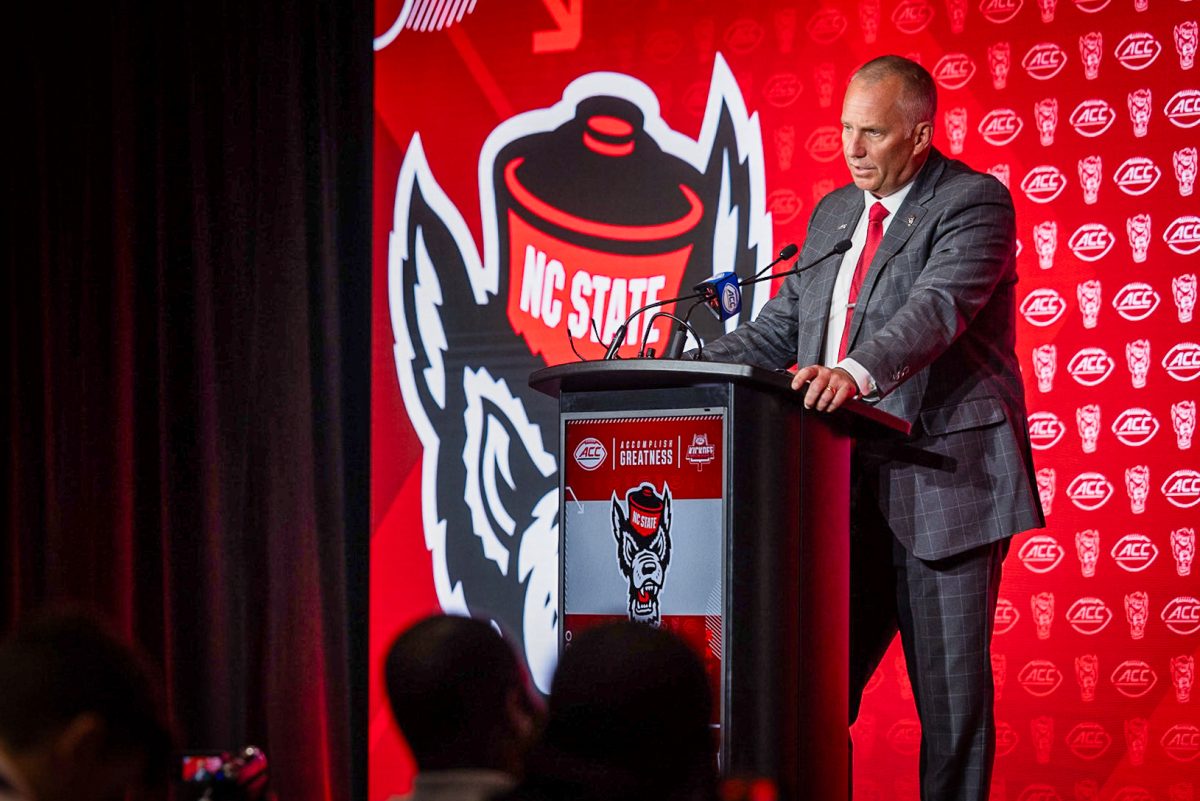When I was a kid, my favorite show was “Boy Meets World.” The show was about a kid named Cory Matthews and his coming of age in suburban Philadelphia. Out of all the seasons of “Boy Meets World,” I specifically loved “The College Years” where viewers saw Cory and his friends engage in a “typical college experience.”
Cory’s college experience was like most college experiences depicted on television. He went straight to a four-year college after high school, came from a middle-class background, didn’t have a job and didn’t really have any external concerns outside of making good grades and hanging out with his friends. Growing up, the example that I saw on “Boy Meets World” and other shows was how the “typical college experience” and “the typical college student” were depicted.
I expected that my own experiences would amount to the same, but I turned out to be wrong.
My college experience, and that of many of my peers, is slightly different from Cory’s. I didn’t go straight to a four-year college; I started out at a community college instead. I have to have a job, and I have to take care of myself without the same amount of help from my parents that I got when I was a kid.
I am not saying all of this to complain, but to highlight my own experiences, the experiences of other NC State students and college students everywhere, which are far from what is presented as “typical” in the media and on television shows. Therein lies the problem. While there are many students that have backgrounds similar to Cory’s, there are just as many students with backgrounds like mine.
According to an article in The Washington Post, in 2013 about 40 percent of college students attended community college as opposed to a four-year university, about 20 percent of college students were working full-time and about 40 percent of college students were over the age of 25.
Also, a 2013 Forbes article citing statistics from the National Center for Education Statistics, reported that at the time, only 14 percent of college students lived on campus, while 24 percent lived at home with their parents.
These statistics show that experiences like mine are far more typical than what’s depicted on television. In my opinion, there is no such thing as the typical college experience at all, and the idea that there is one should change.
Another study that debunks the myth of a “regular” college experience is a 2016 study conducted by the nonprofit organization New America. According to this study, 63 percent of Americans believed that the average age of a college student in this country was 20 years old, when in fact the average age is 26. The organization also reported that 53 percent of Americans believe most students are in school full time, but in reality, about 50 percent of college students are in school full time, while 50 percent attend part time.
So it is obvious that the average college student has a unique perspective, even though these images are not presented in media depictions.
At NC State, demographics show that 7 percent of our undergraduates are 25 years old or older, 22 percent of undergraduates qualify as low-income students, about 12 percent of NC State’s students attend school part-time, only 32 percent of students live on campus and the number of NC State students that have transferred in from community colleges has increased 49 percent in the past five years.
There is no “typical college student” for our nation or our school.
At our school there are hundreds, maybe thousands of students that do not come from middle-class families, that did not start out at NC State or any four-year school, that have to have jobs while maintaining good grades and that are as far from “typical” as anyone can be. Not only does the data support it, I know students like this myself.
I have mentioned in previous articles just how common I believe it is to be a working student, even though a lot of people may not think that the typical college student has to work in their free time. I also believe, and these numbers support, that at NC State and other universities across the country, the idea of a “typical college student” displayed on television is inaccurate and misleading.
There needs to be a new idea of who the typical college student is in the media, on television and in all of our daily conversations. The students who do not fit the Cory Matthews mold may not get a lot of television time, but they tell a more accurate story.





